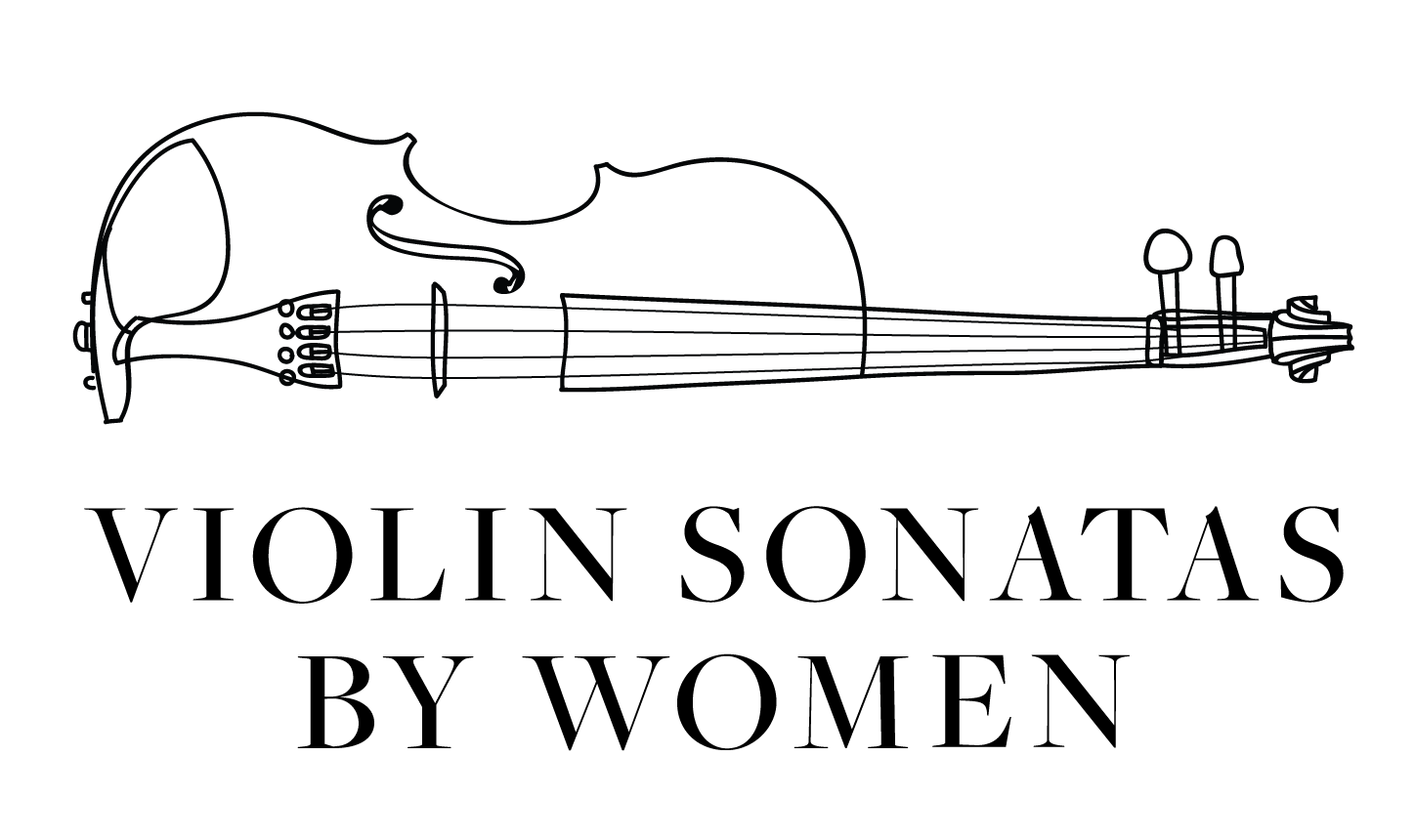Ethel Smyth
English Composer
Born: 1858 (Sidcup, England)
Died: 1944 (Woking, England)
BIOGRAPHY
Ethel Smyth showed interest in a musical career from a very young age. She decided when she was twelve years old to one day study at the Conservatory in Leipzig.¹ Her father strongly opposed her musical pursuits; however, she persisted and began studies at the conservatory at age sixteen. After studying for one year, Smyth began composition lessons with Heinrich von Herzogenberg and became acquaintances with musicians such as Johannes Brahms, Clara Schumann, Edvard Grieg, and Joseph Joachim.²
During the late nineteenth century, Smyth’s compositions consisted of songs and chamber music.³ Upon returning to England around the turn of the century, Smyth made her orchestral debut as a composer. The work was deemed successful by critics.⁴ Smyth soon completed her Mass in D that was performed for Queen Victoria and was also very well received.⁵
In 1910, Smyth dedicated herself to the women’s suffrage movement, writing songs and operas that furthered the movement’s mission. She wrote the music to “The March of the Women,” which was performed at many marches and protests across the country.⁶ During WWI, Smyth began losing her hearing and decided to focus her attention on serving as a radiologist. Her memoirs and essays would later prove a great source of inspiration to women. An advocate for women’s rights, Smyth blazed a trail for women to become professional musicians in orchestras.⁷ Smyth earned the title of “Dame” because of her contributions to the movement.”⁸
Smyth received two honorary doctorates, one from Durham University in 1910 and another from Oxford University in 1926.
Sonata in A Minor, Op. 7 (1887)
SONATA INFORMATION
Ethel Smyth wrote one sonata for violin and piano. Written in 1887, the piece is dedicated to Mendelssohn’s daughter, Elizabeth Lili Wach. Smyth focused on highlighting different tonal colors in this piece, rather than virtuosity.⁹ Premiered by Adolph Brodsky and Fanny Davies, one critic considered the piece too “masculine.” He said, “(This work is) deficient in the feminine charm that might have been expected of a woman composer.”¹⁰
I. Allegro moderato (~8 min)
II. Scherzo - Allegro grazioso (~3 min)
III. Romanze. Andante grazioso (~7 min)
IV. Finale - Allegro vivace (~5 min)
SCORES
1. Manuscript Location: Unknown
2. Noten Roehr Edition: SheetMusicPlus
3. Universal Edition (1923): SheetMusicPlus, IMSLP, Performer’s Edition
5. Edition Silvertrust: http://www.editionsilvertrust.com/smyth-violin-sonata.htm
RECORDINGS
1. Tasmin Little and John Lenehan: YouTube, Naxos
2. Annette-Barbara Vogel and Durval Cesetti: Youtube, Spotify, Toccata Classics, Naxos, Presto Music, Discogs, Amazon, Apple Music
3. Clare Howick and Sophia Rahman: Naxos
Sources
Fuller, Sophie. Pandora Guide to Women Composers: Britain and the United States 1629-Present, 289. S.l.: Pandora, 1995.
Fuller, Sophie. "Smyth, Dame Ethel." Grove Music Online. 2001. https://www.oxfordmusiconline.com.ezproxy1.lib.asu.edu/grovemusic/view/10.1093/gmo/9781561592630.001.0001/omo-9781561592630-e-0000026038.
Fuller, Pandora Guide to Women Composers, 290.
Fuller, "Smyth, Dame Ethel."
Ibid.
Fuller, Pandora Guide to Women Composers, 293.
Fuller, "Smyth, Dame Ethel."
“Dame Ethel Smyth.” Ethel Smyth Violin Sonata in A Minor, Op.7. Edition Silvertrust. http://www.editionsilvertrust.com/smyth-violin-sonata.htm
Ibid.
Fuller, Pandora Guide to Women Composers, 290.

